Sharing is caring!
I love a good TED Talk and I show them all the time in class. Here are 6 TED Talks to use in your classroom for lessons during Black History Month or at any time of year! To incorporate these into your classroom, I’ve included suggestions for an activity/lesson for each talk.
And a note about the content of these TED Talks or any TED Talks – not all talks are designed for all students/classrooms. Since you are the best judge of what’s suitable for your students, I encourage you to review the talks before showing any of them!
NOTE: Each video includes transcripts to differentiate and while viewing you can keep the captioning one to provide another access point.
A visual history of social dance in 25 moves by Camille A. Brown
At just under five minutes this talk discusses the importance of dance in and through African-American history. It explored the influence of dance in contemporary culture and across centuries. This could work as a moment of movement in class to try the dance moves. Another option is to provide a list of dance forms for a mini-research project. There are many in the video that could make a handy list!
The danger of a single story by Chimamanda Ngozi Adichie
This talk just might be a classic. It is suitable for subjects beyond English and ELA. It could work for social studies, science, and just about everything in between! At just under 20 minutes, this talk focuses on the speaker’s perspective of exploring the world beyond her while in her home-country of Nigeria and then further afield at university in the US. The main point is examining how stereotypes are created and reinforced.
Urgency of Intersectionality by Kimberlé Crenshaw
Crenshaw’s video is a must-watch! Her work is foundational to anti-racist work about identities being multifaceted. Like an intersection they meet in different ways. Looking at both a legal case where gender and race intersect and #SayHerName, this video is powerful.
Click here for a free handout with 5 comprehension and discussion questions, including a teacher answer sheet, in a Google Doc.
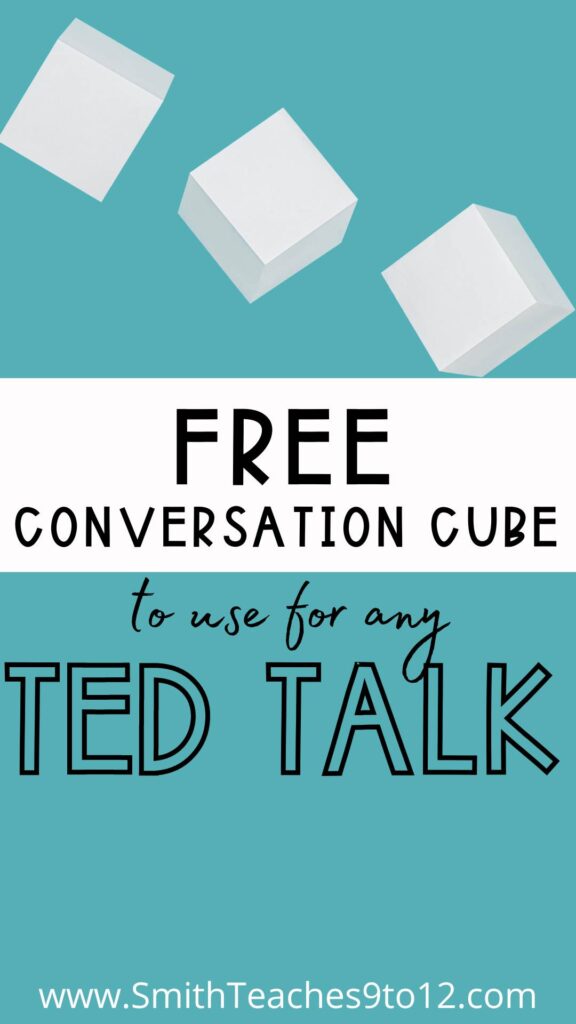
Community-powered solutions to the climate crisis by Rahwa Ghirmatzion and Zelalem Adefris
This just-under-5-minutes talk examines the actions of two women – the speakers – in their communities in Buffalo and Miami and the positive environmental impacts as a result of their actions.
Click here for a free copy of a question and answer sheet in Google Docs. It includes three questions for during viewing that ask on and beyond the line questions related to the big ideas from the video and then three more for after viewing that push students to ask what and how they too might take action related to environmental change.
3 ways to speak English by Jamila Lyiscott
A spoken word poem about the subject of code switching and the meaning of being articulate from poet and educator Jamila Lyiscott. This talk is but the tip of the iceberg in the work she does, you can check out more here.
This talk might be the impetus to explore and perform spoken word in your class. If so, check out the documentary Louder Than a Bomb or watch some of the excerpt performances. This one from the Steinmenauts is a favorite: Counting Graves.
Can art amend history? by Titus Kaphar
This approximately 13-minute video raises the question about how we might amend public sculptures and national historical monuments, in addition to paintings. He likens such amendments to those done in the American Constitution that updates rather than erases history.
Additionally, in a hands-on aspect the speaker amends a piece of his own art to demonstrate the focus of art history as well as the need for social action related to art. As he explains to the viewer, “What I’m trying to show you, is to shift your gaze just slightly, just momentarily, to ask yourself […] what is the impact of [these kinds of works] on some of our most vulnerable in society, seeing these kinds of depictions of themselves all the time?”
You can see more of Kaphar’s work here on his website. And check out this lesson with teaching guide from SmartHistory about another of Kaphar’s works.
Then you could expand this lesson to include work by another well-known artist, Kehinde Wiley. This article would make a great complement to the Kaphar’s initial talk. You might also project and discuss the different comparison pieces Kaphar and Wiley have completed.
Here’s an example of Wiley’s work:
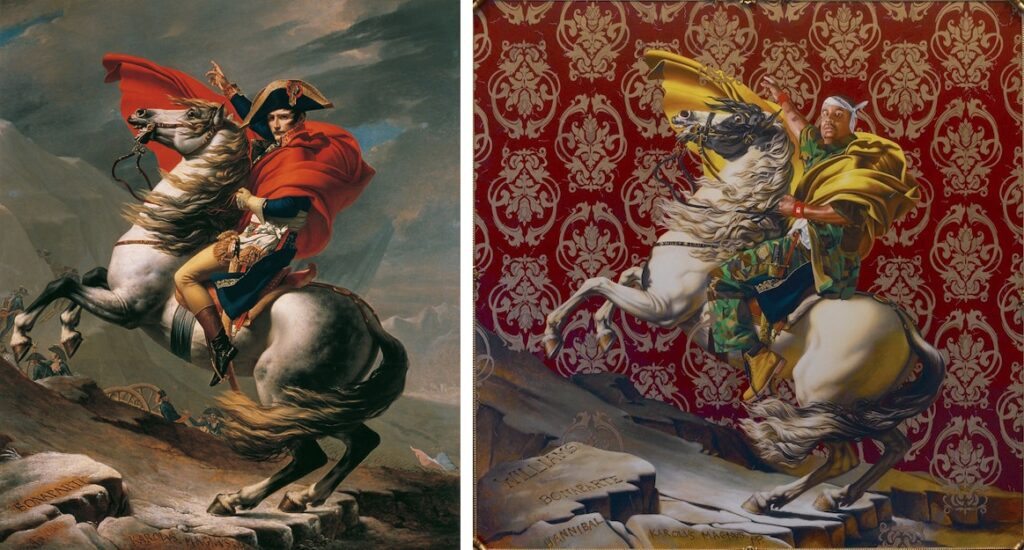
You can read more and see more works by Wiley here on his website.
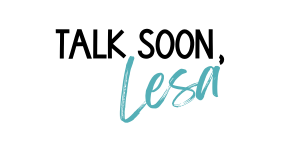
Related articles
- 12 short, short films for ELA from SmithTeaches9to12
- Poems of the Harlem Renaissance from McLaughlin Teaches English
- 5 Ways to Celebrate Black Voices in Your ELA Classroom This Year from A Better Way to Teach
- Re-imagining Black History Month: An Equity-Informed Approach from KOJO Institute
- Black History Month Activities for February and Beyond from We Are Teachers

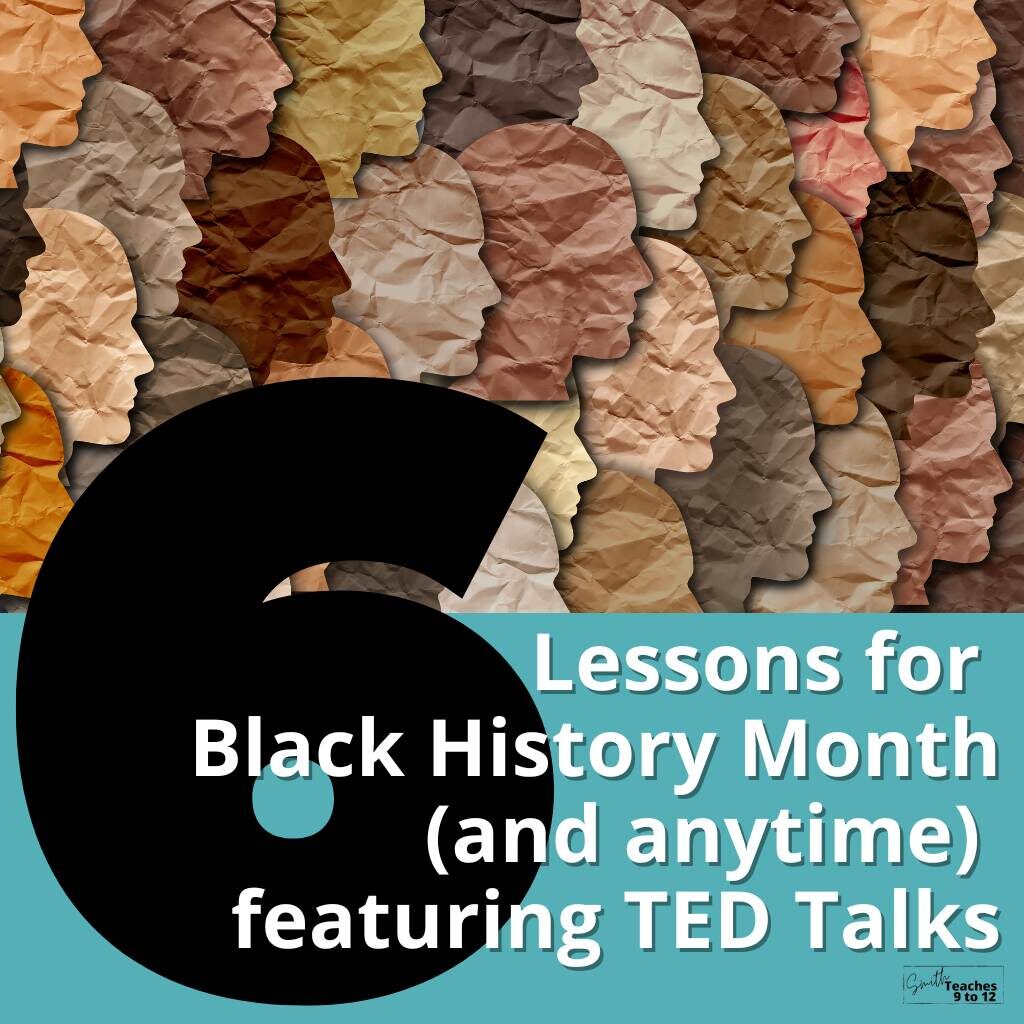
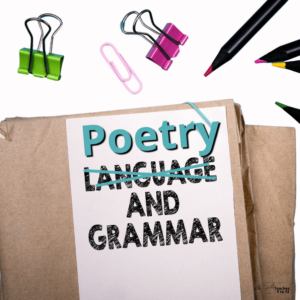
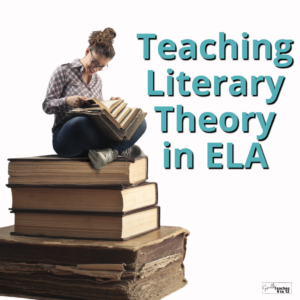
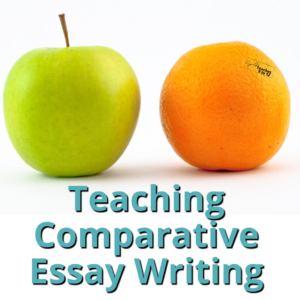
2 Responses